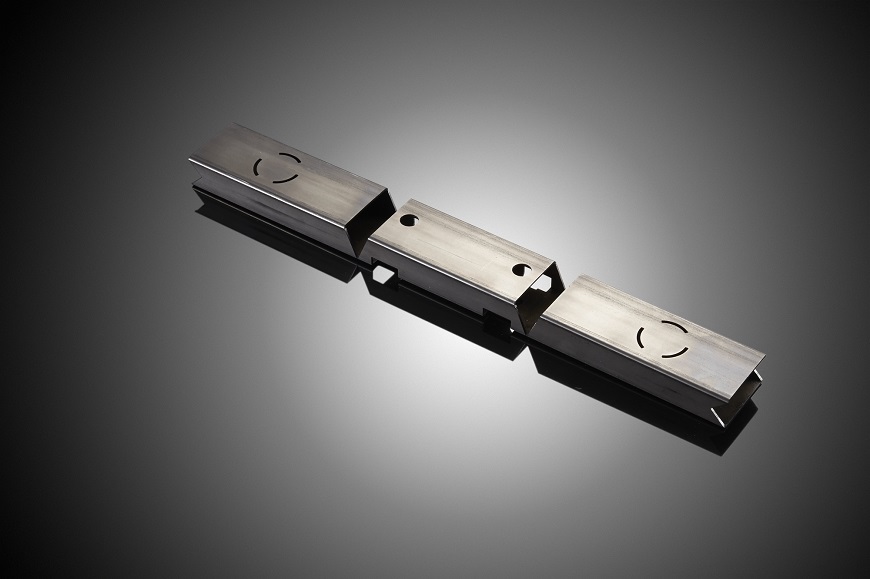
We find these structures in both light and heavy vehicles (cabs); metalwork (balustrades, railings); industrial furniture (shelves); in agriculture (greenhouses, sheds); construction (building cladding); in the energy sector (oil rigs and windmills); and in other manufacturing areas.
Historically, the union between the different components of a structure would be achieved by applying a weld seam, large enough to ensure the integrity of the union, but small enough so as not to be a nuisance when presenting or using the structure. Welding is a process which is complementary to the structure. When building, the objective is to keep welding to a minimum. The welding process is an extra cost in terms of materials and labor. It is subject to processing errors and failures caused by stress and fatigue of the materials used, not to mention the cost of maintenance over time.
For a long time, CAD design tools have allowed the design of unions and intersections, where joints can then be soldered.
Now, for lightweight structures, there are new tools that enable joint design from a single tube (cutting it so that when folded, it creates the desired joint). This greatly simplifies assembly and considerably reduces the application of welding.
A transformative method for managing the creation of new structures in a computer system is one that not only allows the creation of these unions in a simple and friendly interface, but also gives them an entity which allows them to be parameterized, changed according to new designs based on other old designs, and, in particular, exported to other CAD/CAM systems.
Laser cutting technology is key when creating the fine cuts necessary to create a union without roughing. The precision that laser cutting provides also allows the creation of structures with smaller sections, which are therefore more adaptable to multiple purposes.